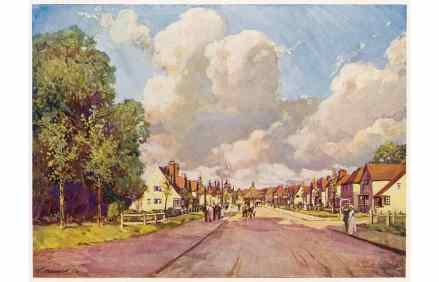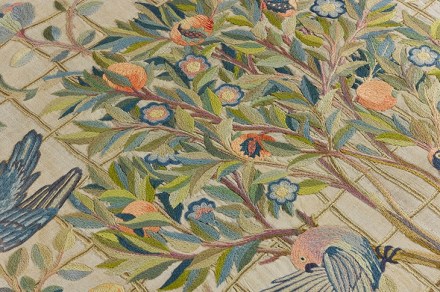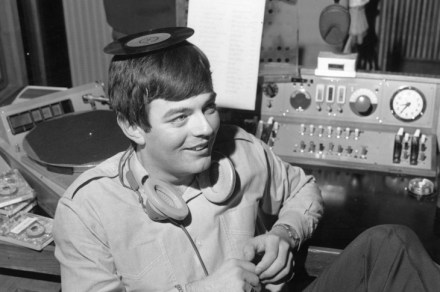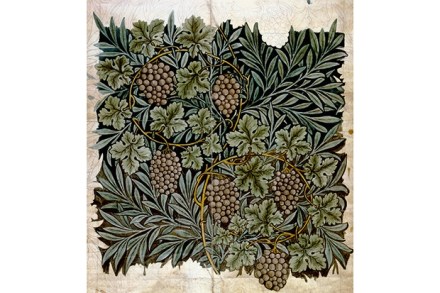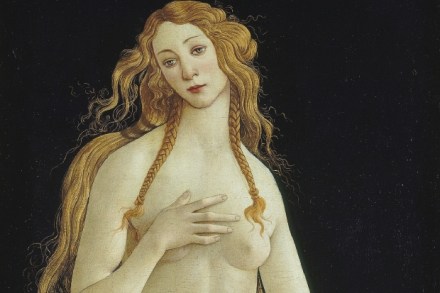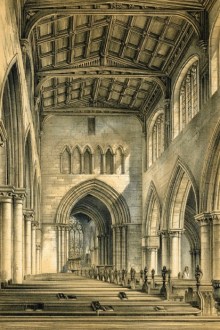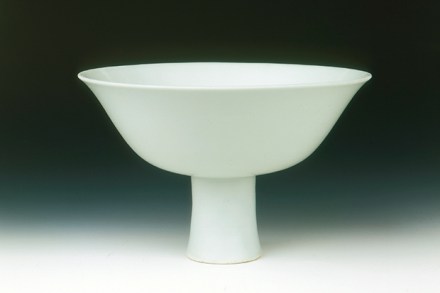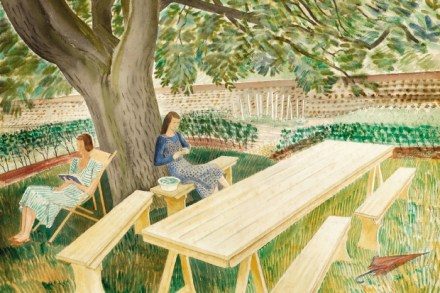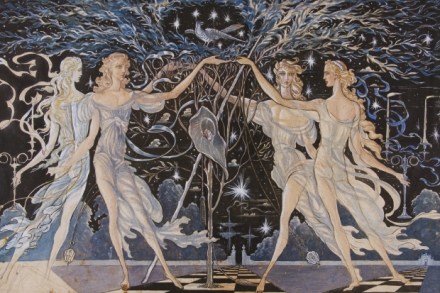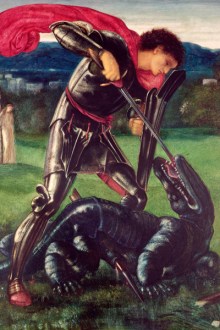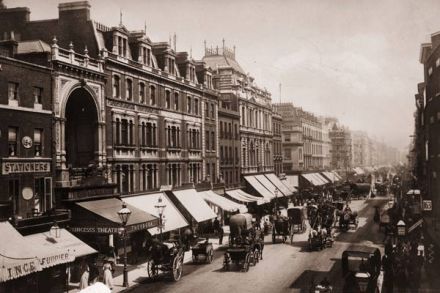The folly of garden cities
In his 1981 autobiography A Better Class of Person, the playwright John Osborne described an encounter he’d recently had with an actor who’d bought a house in Finlay Street, Fulham for £15,000. Osborne, having lived on the same street in the 1930s when properties there changed hands for £300, was astonished by the sum. Yet, as Simon Matthews notes in House in the Country, £15,000 was then only 3.5-3.75 times the average national earnings, while to buy a house on Finlay Street today you’d need £2,136,667 – which works out at 69 times the current average annual salary. In the light of the government’s recent proposal of a ‘benefits to
